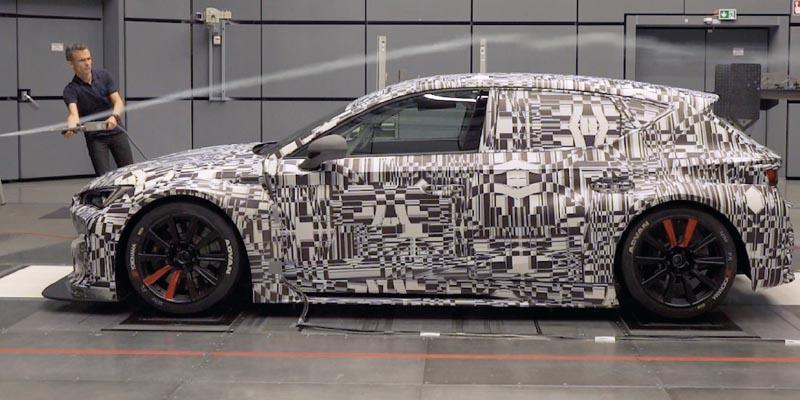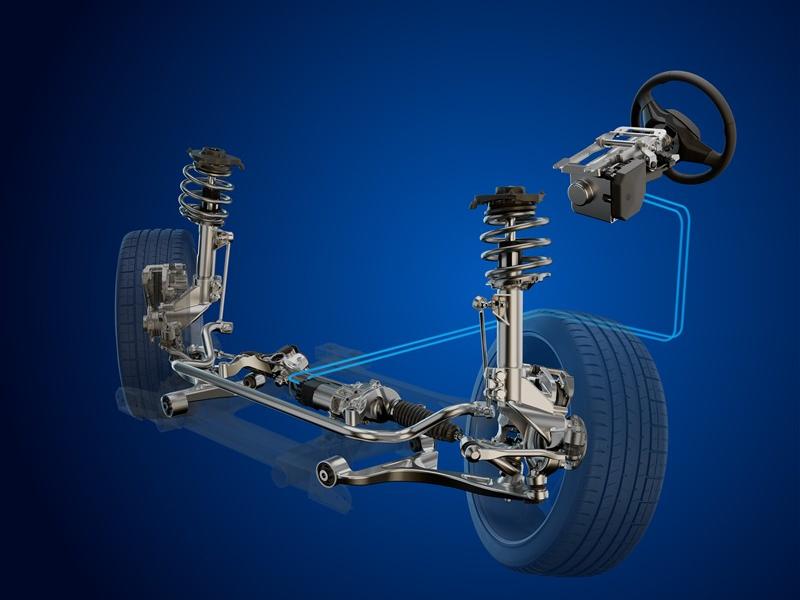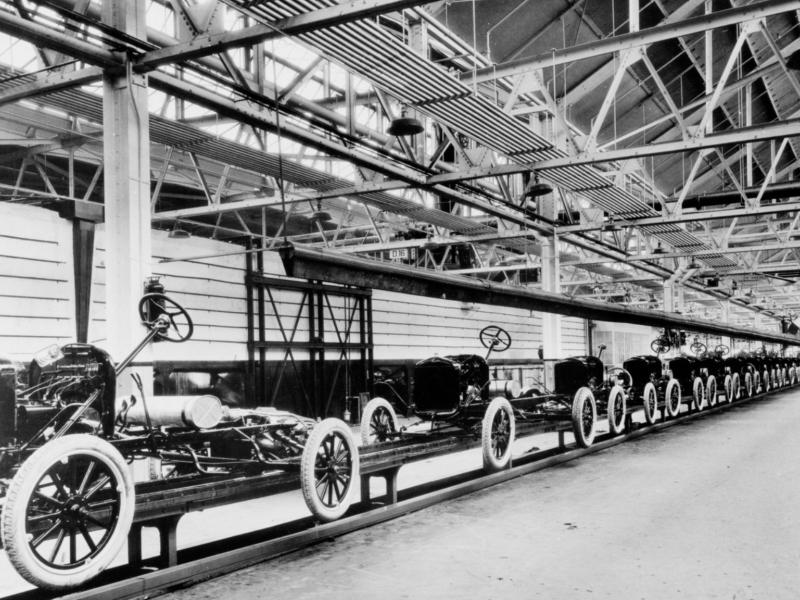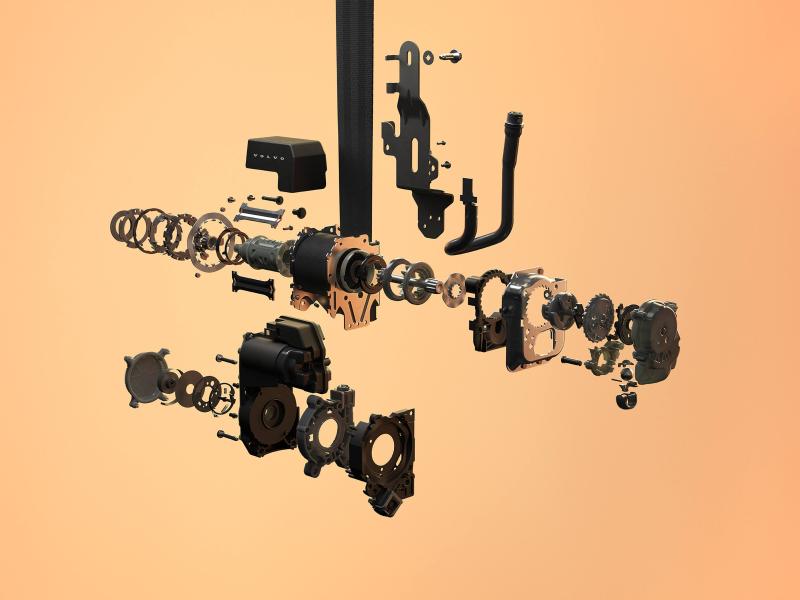Nobody can see it, but it is a factor in a car’s fuel consumption, safety and comfort. It’s called aerodynamics, or the study of how air moves around solid objects. In the automotive world, its application is very practical: reducing a car’s resistance to wind. And all this is tested in its temple, the wind tunnel. This is how it works.
• A hurricane in the room: the cars are placed in the middle of a closed circuit where huge fans move the air. In a controlled environment, the vehicles face winds of up to 300 km/h while sensors study their individual surfaces. “The air moves in circles thanks to a five-metre diameter rotor equipped with 20 blades. When it’s at full power no one can be inside the enclosure as they would literally get blown out of it,” explains Wind Tunnel engineer Stefan Auri.
• Every millimetre counts: the car’s resistance data is displayed on the computer screens. Hundreds of numbers to be interpreted and compared to even the smallest variable to improve aerodynamics. Every millimetre of each part is key, since it is not only possible to reduce consumption, but also to increase stability, comfort and safety.
• A Leon against the wind: if studying aerodynamics is important before launching a new model, it becomes essential when it comes to racing cars. The goal here is not to achieve lower consumption, but to make the vehicles faster. The head of technical development at CUPRA Racing, Xavi Serra, and his team want the new CUPRA Leon Competición to have less air resistance and more grip when cornering. First they will have to compete against the wind. “Here we measure the parts on a 1:1 scale with the real aerodynamic loads and we can simulate the real contact with the road. This gives us the result of how the car will perform on the track,” Xavi highlights.
• 235 km/h without moving an inch: the facilities where the CUPRA engineers test their prototypes are among the most complete and innovative, as they have a special feature that makes the tests seem as if they are made in near-real conditions. “The most important thing is that we can simulate the road. The wheels turn thanks to electric motors that move belts under the car,” says Stefan. They can simulate vehicle speeds of up to 235 kilometres per hour.
• Ready for the racetrack: after hundreds of measurements the results are compared with the car’s previous generation. “In this sense we’re satisfied; we’ve lowered the drag and improved the downforce, so it’s more efficient than the previous model, which will give us better lap times on the track,” concludes Xavi. The data obtained will also be used to improve the new CUPRA models.
A supercomputer in addition to the tunnel
The wind tunnel is not the only tool for improving aerodynamics. Supercomputing also plays a key role. When a model is in the early stages of development and there is not yet a prototype to study in a wind tunnel, 40,000 laptops working in unison are put to the service of aerodynamics.
This is the MareNostrum 4 supercomputer, the most powerful in Spain and the seventh in Europe. Scientists around the world use it to carry out all kinds of simulations, and in the case of a collaboration project with SEAT,
its computing power is used to battle the wind.






